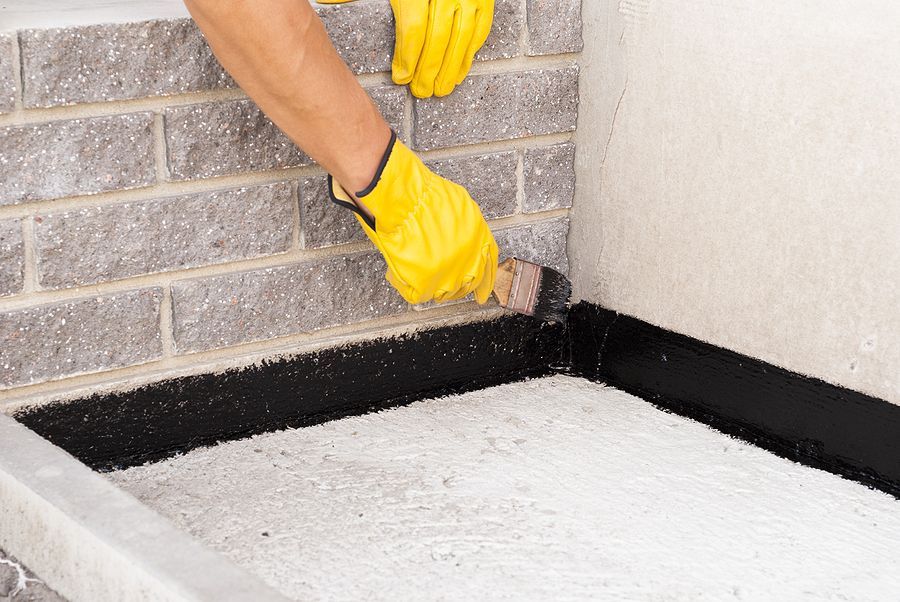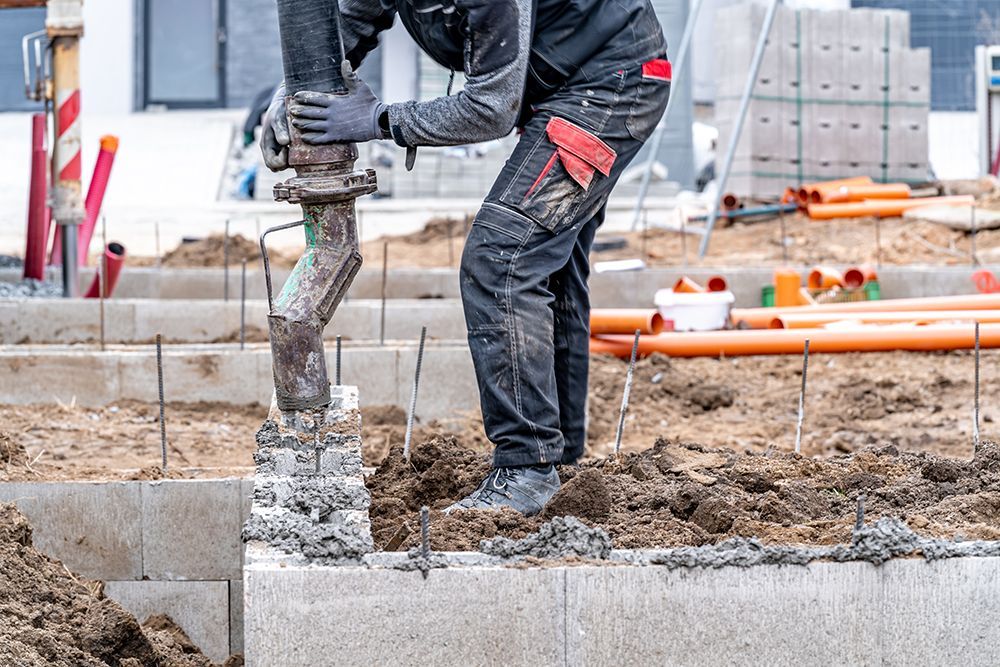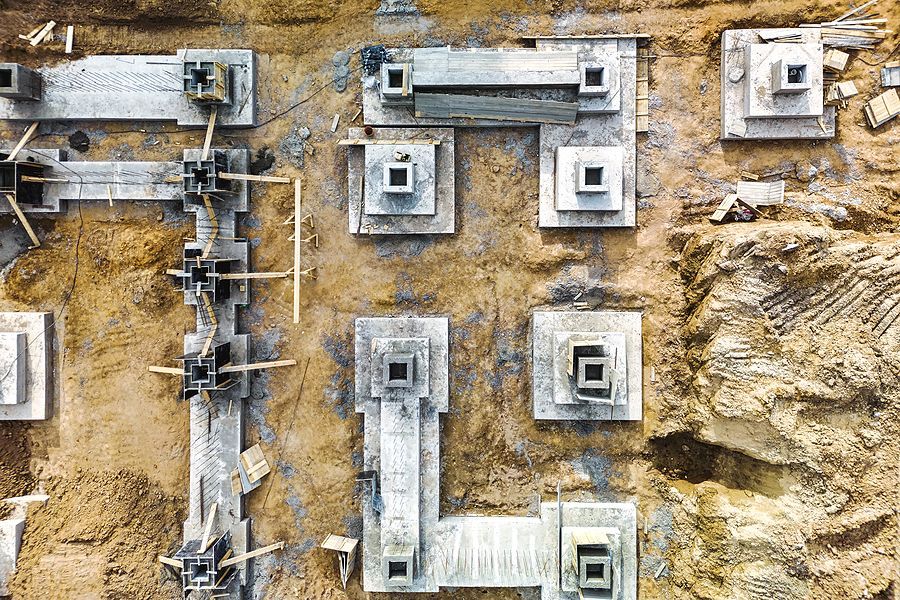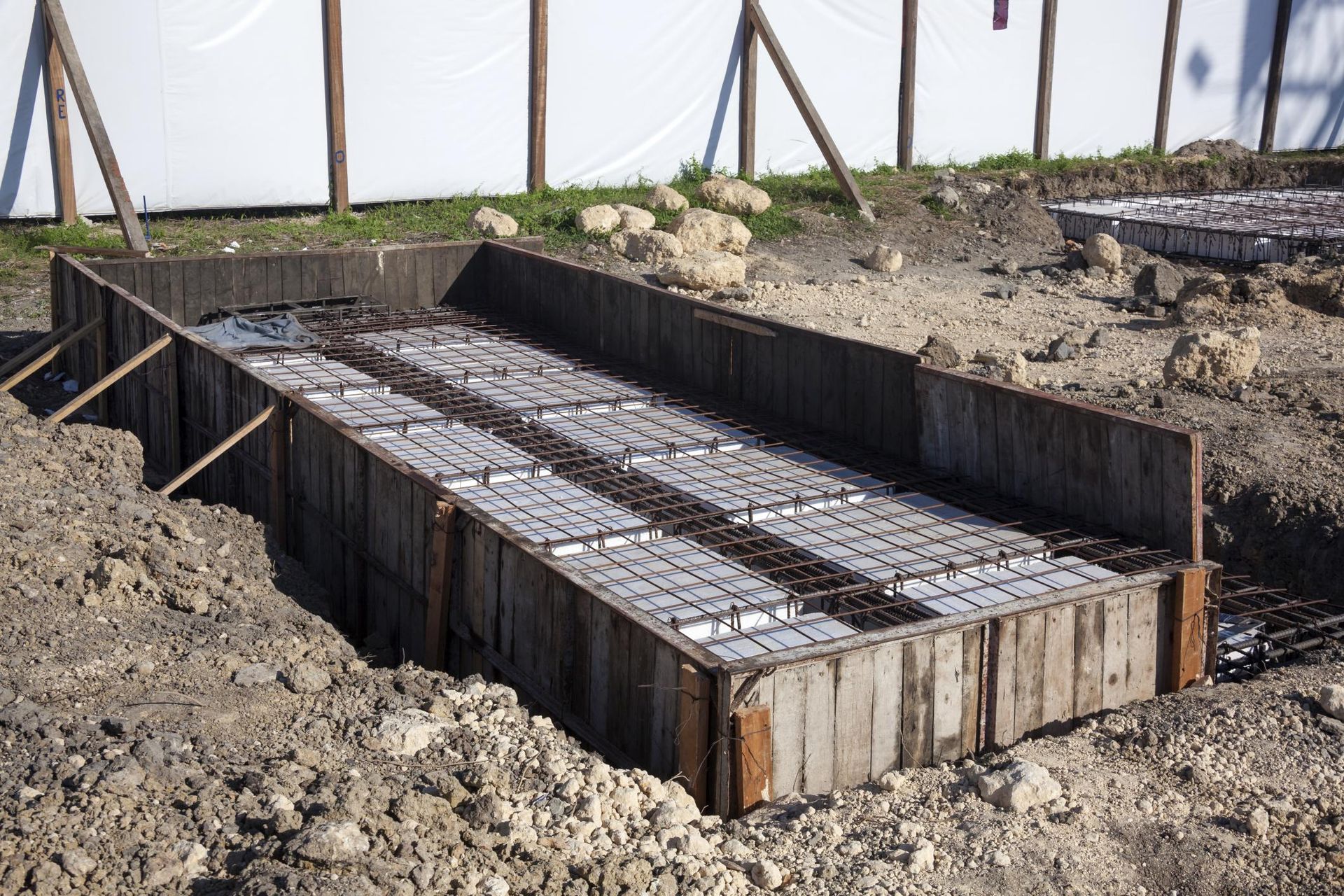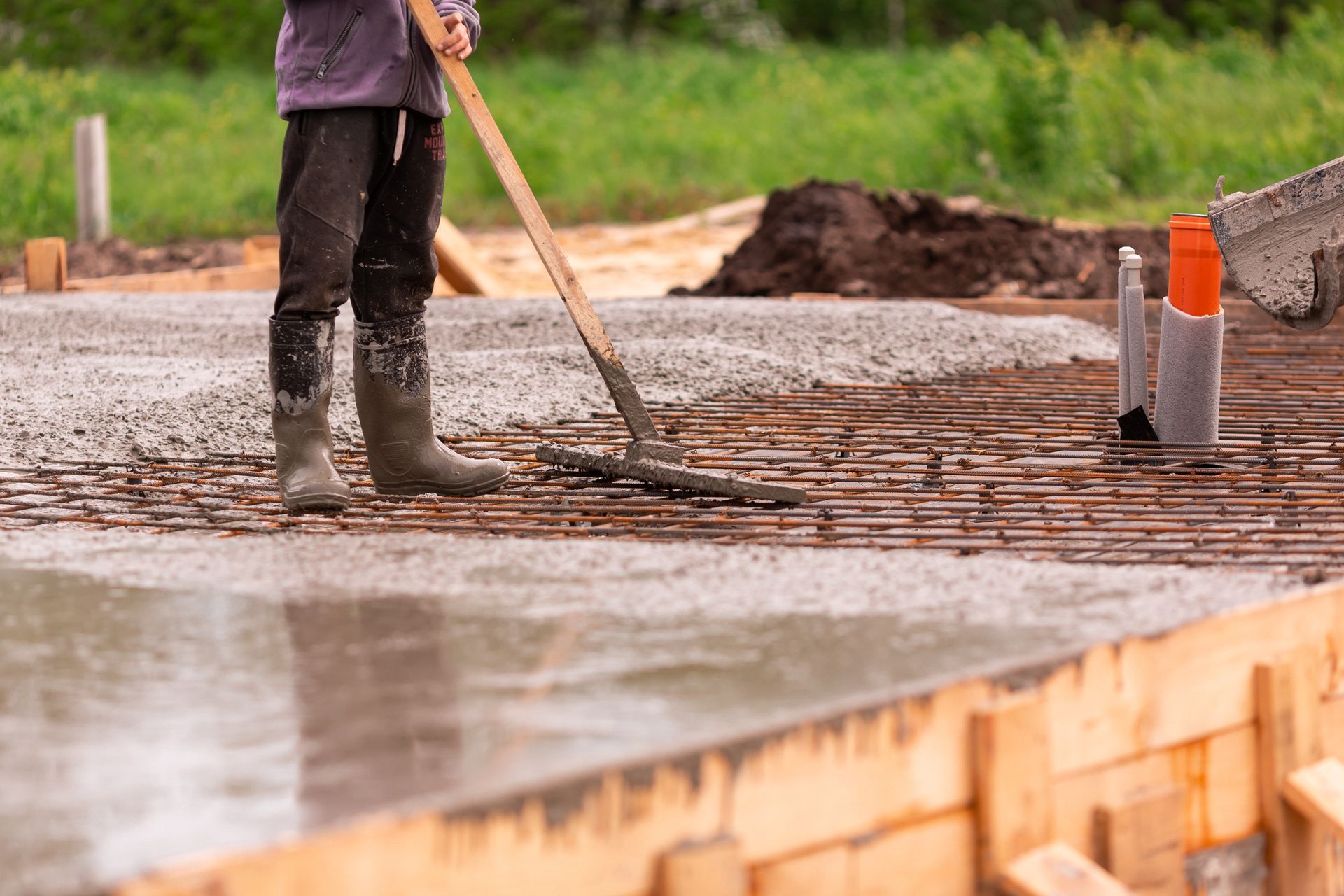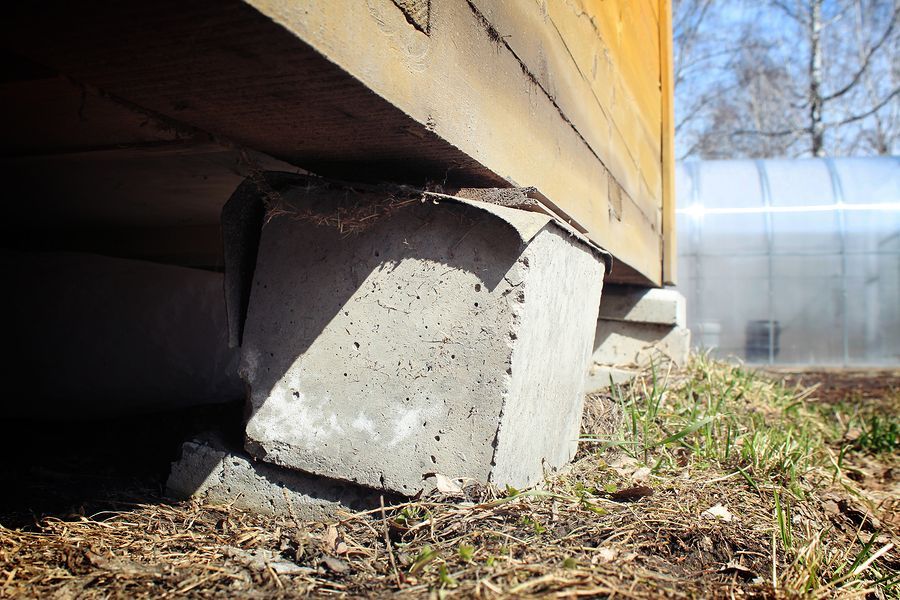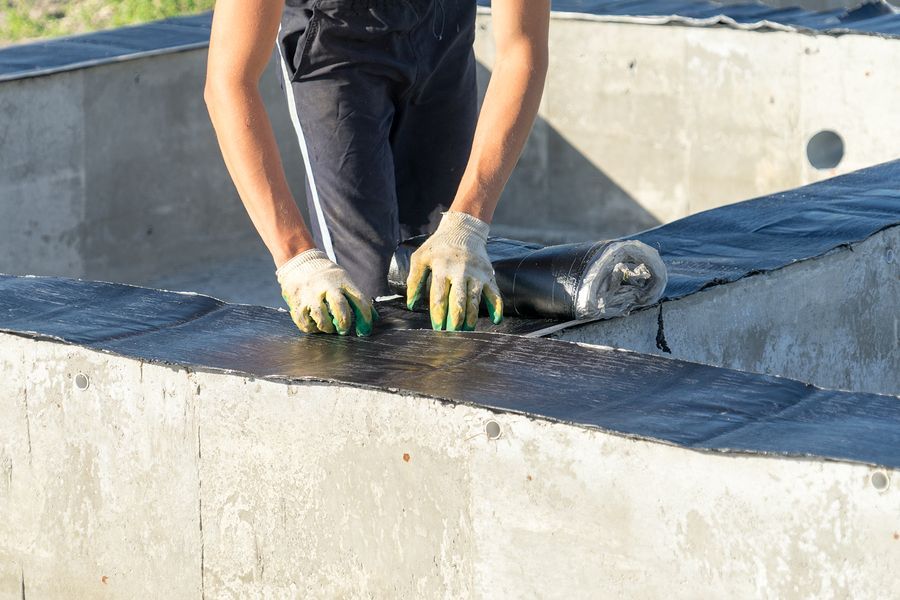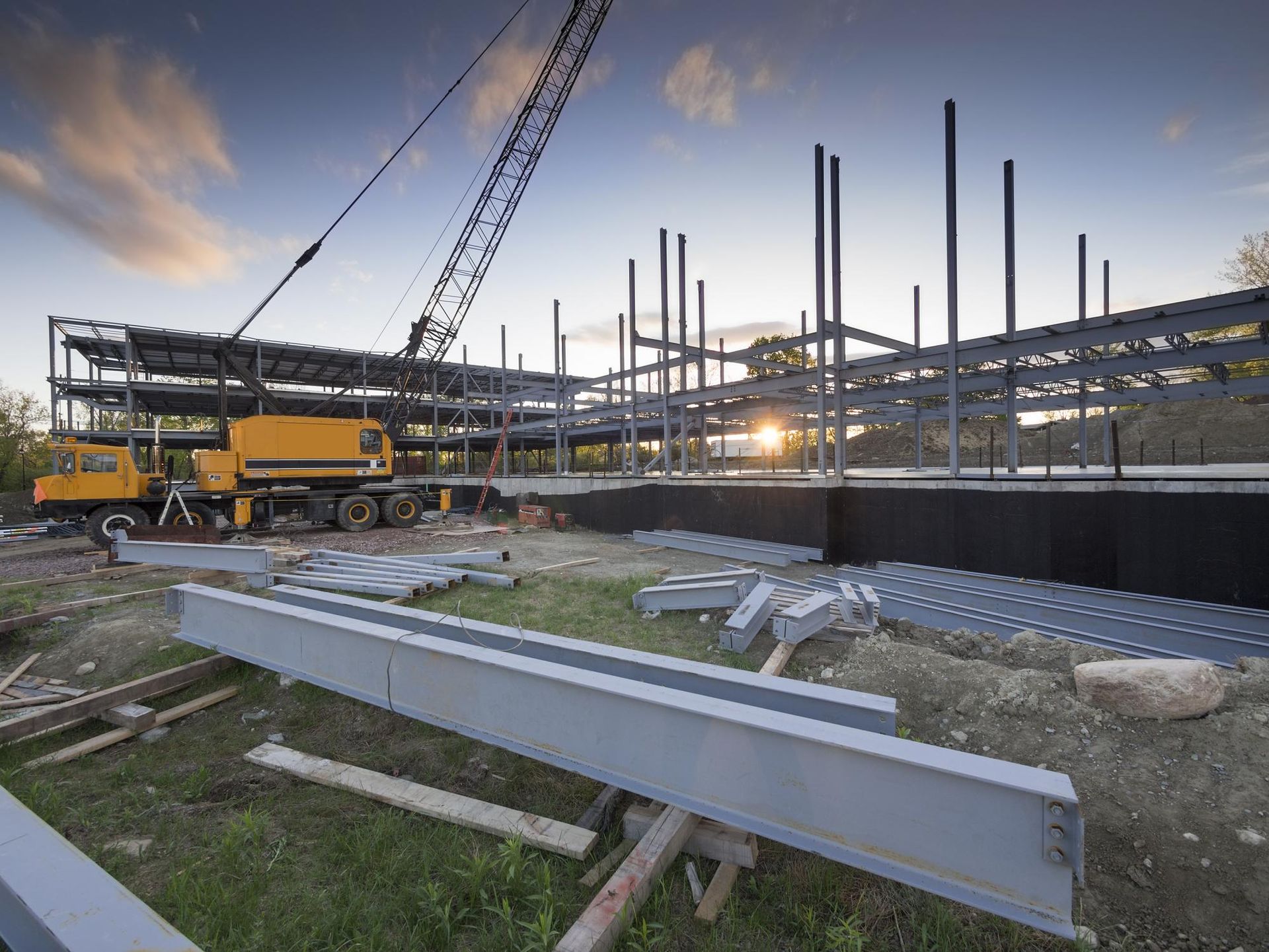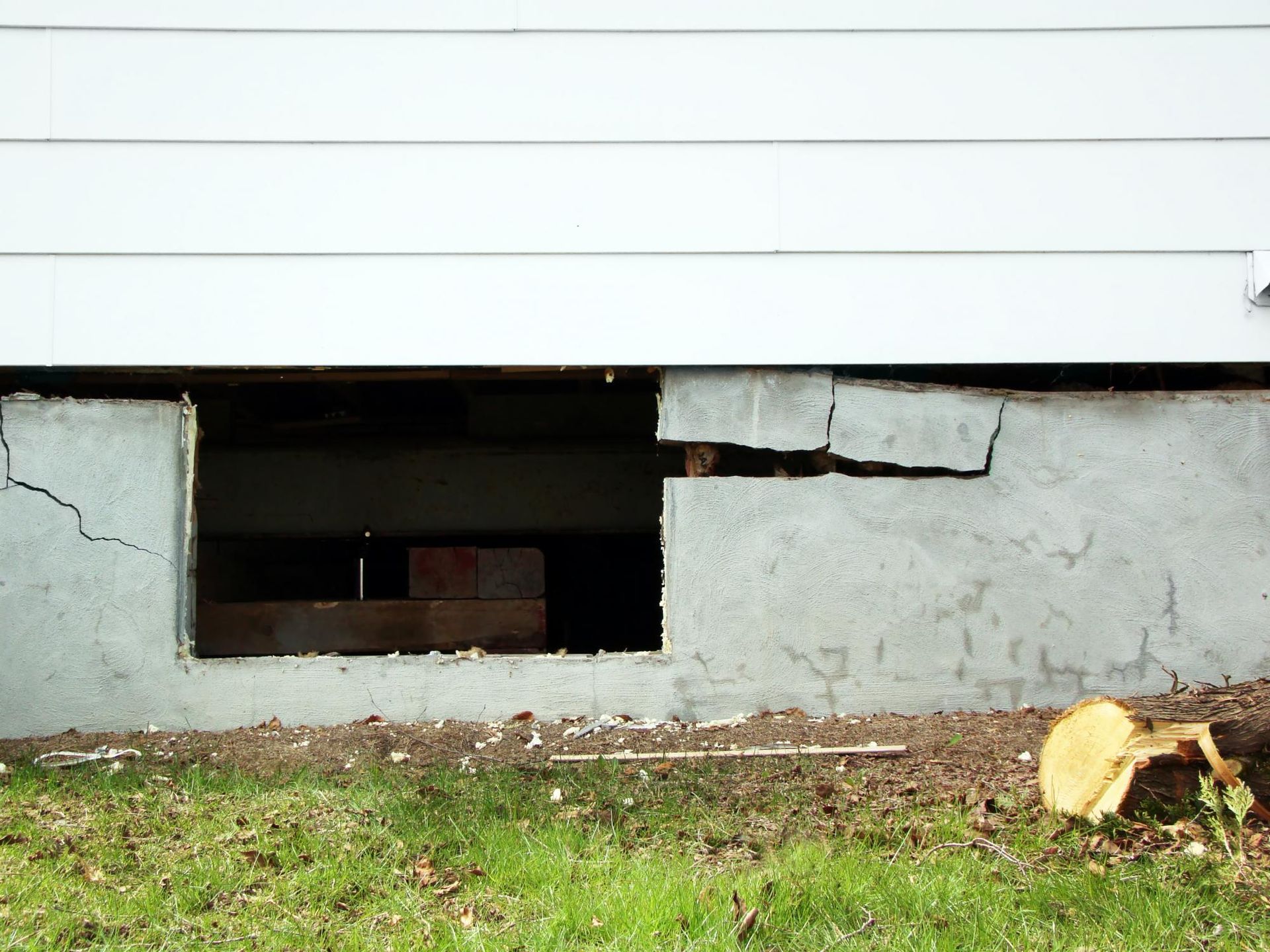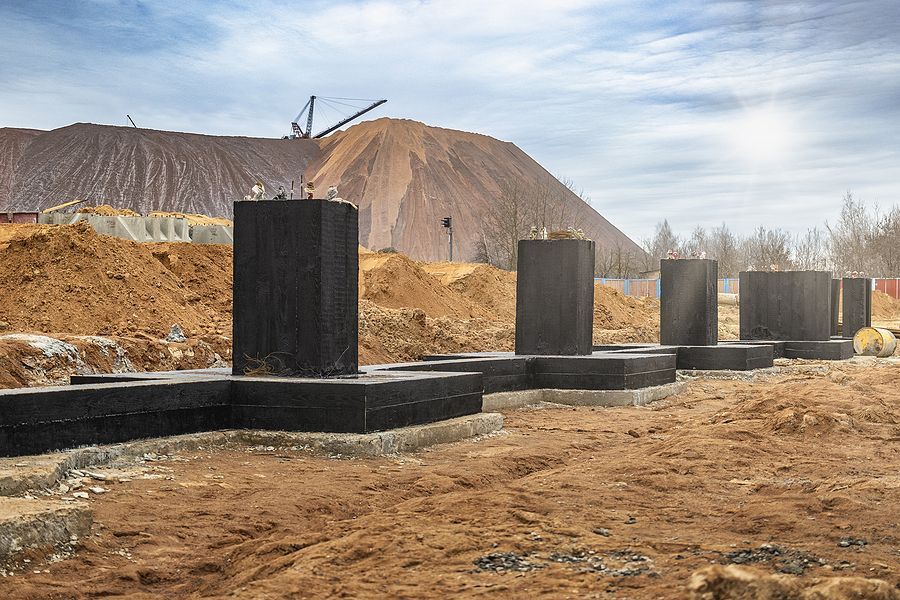Understanding Basement Crawl Spaces: What Every Homeowner Should Know
Comprehensive Guide on Basement Crawl Space Management and Maintenance
When it comes to maintaining a healthy and structurally sound home, understanding the nuances of your basement crawl space is essential. This guide will delve into the various aspects of basement crawl spaces, including encapsulation, waterproofing, solutions, repair, and renovation. Whether you're a new homeowner or looking to improve your existing home, this comprehensive guide will provide valuable insights.

What is a Basement Crawl Space?
A basement crawl space is a shallow, unfinished area beneath the house, usually just tall enough to crawl through. It serves various purposes, such as providing access to plumbing, electrical wiring, and HVAC systems. Additionally, it can help in mitigating moisture issues in homes located in areas with high water tables.
1. Basement Crawl Space Encapsulation
Basement crawl space encapsulation is a process that involves sealing the crawl space to protect it from moisture, pests, and other external elements. This is achieved by lining the walls and floor with a durable polyethylene barrier. Encapsulation helps to:
- Prevent mold growth by controlling moisture levels.
- improve indoor air quality by reducing the infiltration of allergens and pollutants.
- Increase energy efficiency by creating a more controlled environment.
To encapsulate your basement crawl space, follow these steps:
Inspect and Clean: Remove debris, old insulation, and any pests.
Seal Vents and Openings: Use foam insulation or caulk to seal any gaps or cracks.
Install a Vapor Barrier: Cover the floor and walls with a polyethylene barrier, securing it with tape or fasteners.
Consider a Dehumidifier:
To maintain optimal humidity levels, install a dehumidifier.
2. Basement Crawl Space Waterproofing
Waterproofing your basement crawl space is crucial to prevent water damage, mold growth, and structural issues. There are several methods to achieve effective basement crawl space waterproofing:
Interior Waterproofing: This involves installing a sump pump and drainage system to manage water that enters the crawl space.
Exterior Waterproofing: Applying a waterproof membrane to the exterior foundation walls can prevent water from seeping in.
French Drains: Installing French drains around the perimeter of the crawl space helps direct water away from the foundation.
3. Common Issues with Basement Crawl Spaces
Crawl spaces, if not properly maintained, can lead to various problems such as:
Moisture and Mold:
High humidity and poor ventilation can result in mold growth, which can affect your health and the integrity of your home.
Pest Infestation: Crawl spaces can attract rodents, insects, and other pests if they are not sealed properly.
Structural Damage: Water infiltration and excessive moisture can weaken the foundation and structural components of your home.
4. Basement Crawl Space Solutions
To address common issues and ensure a healthy basement crawl space, consider these basement crawl space solutions:
Vapor Barriers: Installing a vapor barrier can prevent moisture from entering the crawl space.
Insulation: Proper insulation helps to regulate temperature and humidity levels.
Ventilation:
Installing vents or a mechanical ventilation system can improve air circulation.
Dehumidifiers: Using a dehumidifier can keep humidity levels in check, preventing mold growth.
While some of these solutions can be implemented by homeowners, it is often better to seek help from professionals to ensure the job is done correctly and efficiently.
5. Basement Crawl Space Repair
When issues arise, timely basement crawl space repair is essential to prevent further damage. Common repair tasks include:
Foundation Repair: Addressing cracks and structural issues in the foundation.
Mold Remediation: Removing mold and addressing the underlying moisture problem.
Pest Control:
Sealing entry points and using appropriate pest control methods to eliminate infestations.
6. Basement Crawl Space Renovation
Basement
crawl space renovation can enhance the functionality and value of your home. Renovation projects can range from simple upgrades to complete overhauls:
Flooring Installation: Adding a concrete floor can provide a clean, dry surface.
Lighting: Installing proper lighting can make the space more accessible and functional.
Storage Solutions: Adding shelves or cabinets can help you utilize the space effectively.
DIY vs. Professional Services
While some basement crawl space projects can be tackled as DIY, others may require professional expertise. For example:
DIY: Simple tasks like installing a vapor barrier or adding insulation can often be done by homeowners.
Professional Services: Complex tasks such as foundation repair, mold remediation, and full encapsulation may require the skills of a professional contractor.
Maintaining Your Basement Crawl Space
Regular maintenance is key to ensuring your basement crawl space remains in good condition. Here are some tips:
Regular Inspections: Check for signs of moisture, mold, and pests periodically.
Clean and Clear:
Keep the space free of debris and clutter to facilitate inspections and maintenance.
Monitor Humidity: Use a hygrometer to monitor humidity levels and use a dehumidifier if necessary.
Benefits of a Well-Maintained Basement Crawl Space
Maintaining your basement crawl space offers numerous benefits:
Healthier Living Environment: Reducing moisture and mold improves indoor air quality.
Energy Efficiency:
Proper insulation and encapsulation can lower energy costs.
Increased Home Value: A well-maintained crawl space adds to the overall value and appeal of your home.
Conclusion
Understanding and maintaining your basement crawl space is crucial for the overall health and longevity of your home. By addressing issues promptly and taking preventive measures such as basement crawl space encapsulation and basement crawl space waterproofing, you can ensure a safe, dry, and efficient home environment. Whether you choose to handle these tasks yourself or hire professionals, staying proactive is key to avoiding costly repairs and ensuring your home remains a safe haven for years to come.
A well-maintained basement crawl space can help prevent foundation damage by managing moisture levels and providing a stable environment, which helps avoid the shifting and settling that can lead to cracks and structural issues. By combining basement crawl space maintenance with proactive foundation care, you create a comprehensive strategy for protecting your home's structural integrity.

